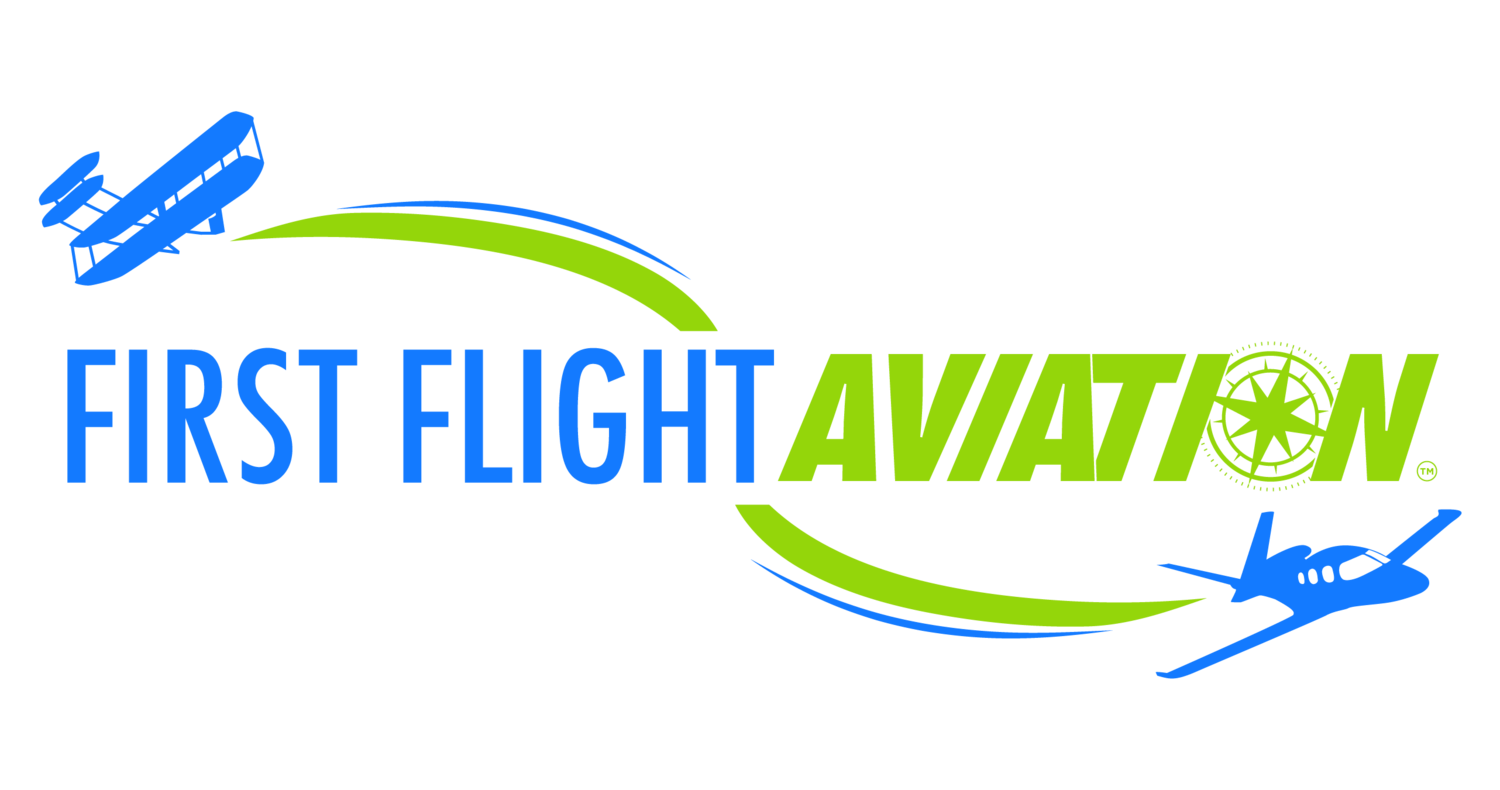Avionics software is designed to address safety and reliability concerns for pilots. Personal aircrafts require embedded software updates, just like your laptop or cell phone. Depending on when your plane was manufactured, the method might be different—whether through dongles, replacing the entire software load, USB key or another method. Here’s an overview of how avionics dashboards are updated in Dayton, OH.
Different kinds of software
There are several types of avionics software:
- Field-loadable software (FLS): Field-loadable software can be uploaded, updated and reconfigured by aircraft technicians or the manufacturer themselves.
- Aeronautical databases: Aeronautical databases include navigation, obstacle, airport map and terrain databases. They are not considered FLS.
- Factory loaded software: Factory loaded software can’t be updated easily—you often either have to replace the entire unit or break a seal and wipe the memory.
When people refer to updating their avionics software, they are referring to FLS.
How to update personal aircraft software in Dayton, OH
The method you’ll use to update your software largely depends on what kind of plane you fly. First, an airplane manufacturer must decide that there’s a need for modifying the plane software. After it’s designed, tested and certified, the manufacturer will prepare a “service bulletin.” The service bulletin contains the instructions to update your aircraft’s software along with a physical method to do so, whether that’s a CD/DVD, USB drive or electronically downloaded software. These are sent to airline companies.
The next step for software updates is up to the airline company or Maintenance Repair Organization (MRO). The operator who receives the service bulletin will verify that the software is compatible with its fleet of aircraft. Once it has been verified, the service bulletin can be sent to the maintenance department, which will prioritize the aircraft needing updates. They will install the updates, record the changes and notify necessary personnel.
This is very similar to how navigational updates are installed, although perhaps on a less-frequent basis—the Federal Aviation Administration (FAA) recommends commercial aircraft update their navigation once every 28 days.
Today, physical media like CDs and USB drives are going out of fashion in favor of downloading updates over a LAN connection. This is a faster and more cost-effective way of handling software updates—however, the software is still vetted before installing to ensure it’s compatible with the aircraft.
Security
FLS is treated as another aircraft part, which means that it has to be certified for the specific aircraft configuration. It has a part number and appears on the bill of materials. The software has to be verified and certified for its specific device, including the loading process, the software itself and its part number. This produces a paper trail that can be traced, should something go wrong with the FLS.
Your avionics updates are highly regulated, thanks to the need for extreme reliability and safety. For more information about how avionics dashboards are updated in Dayton, OH, reach out to First Flight Aviation today. We’d be glad to tell you more about our services.
